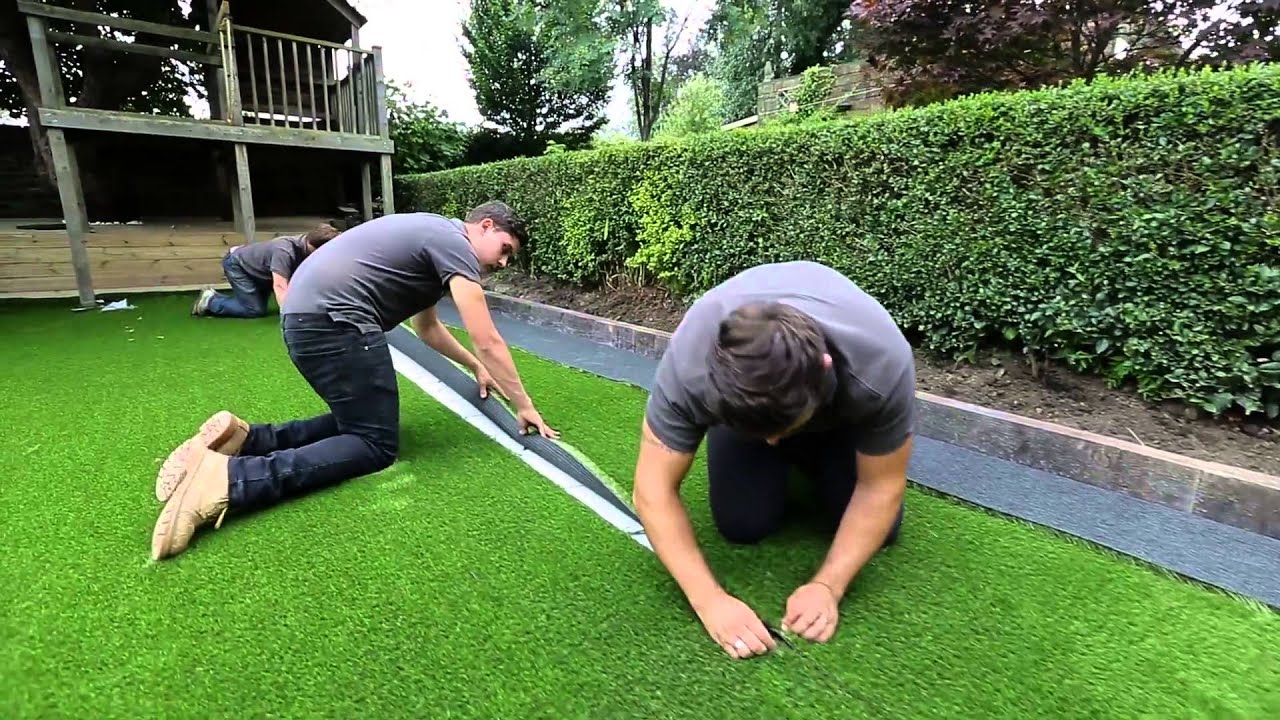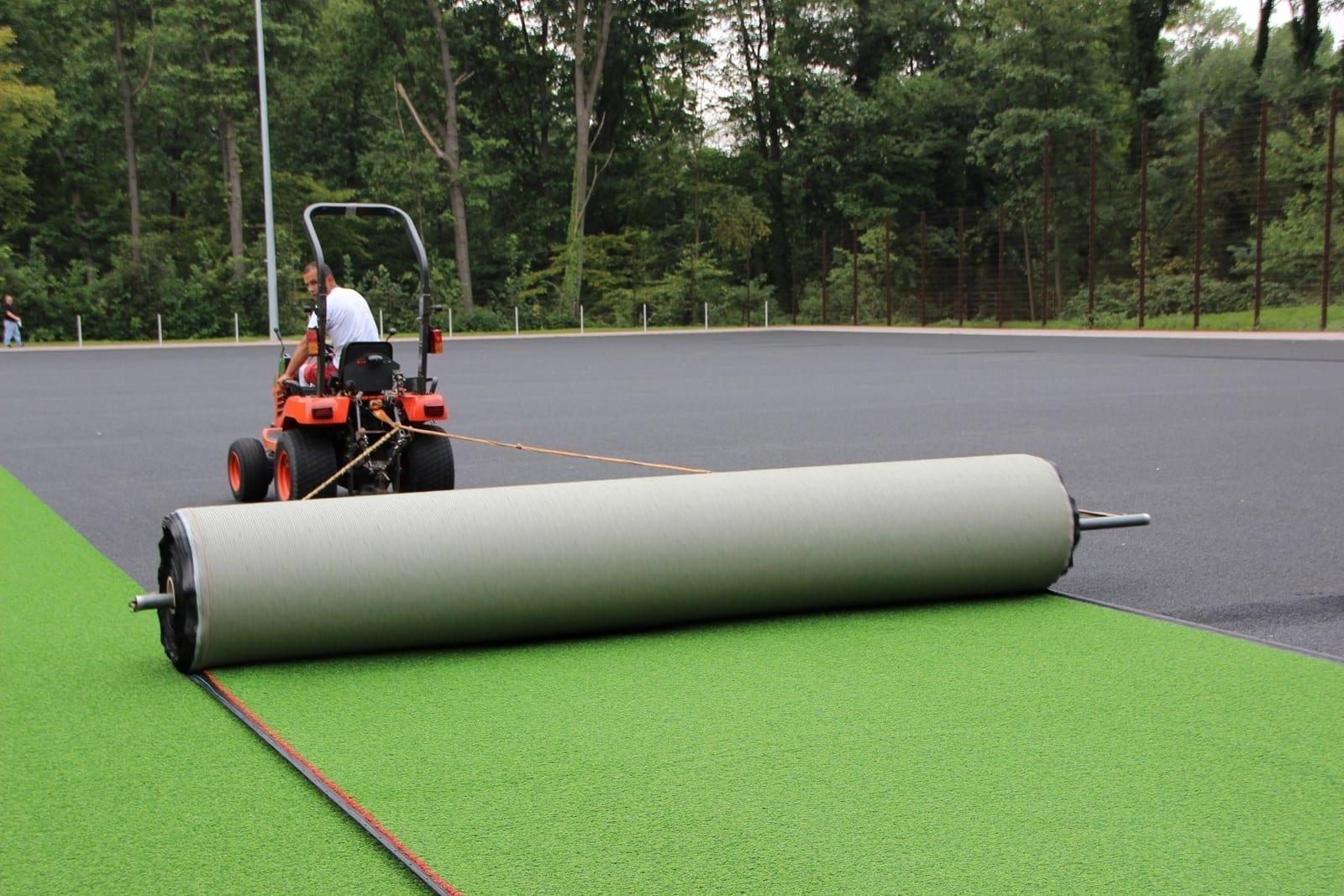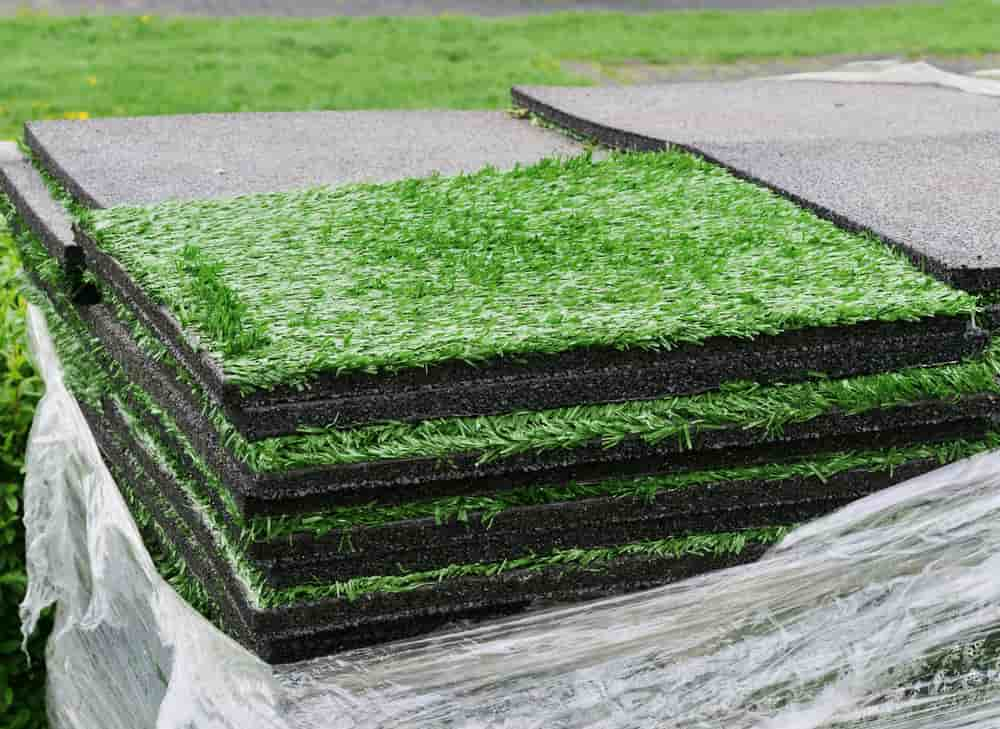Highly-Ranked Phoenix Turf Companies Specializing in Synthetic Grass Options
Highly-Ranked Phoenix Turf Companies Specializing in Synthetic Grass Options
Blog Article
Delve Into the Environmental Perks of Opting for Artificial Grass Solutions
The adoption of man-made turf services presents an engaging chance to address pressing environmental difficulties. By dramatically reducing water use and decreasing the application of harmful chemicals, these choices not just advertise sustainable landscape design yet additionally secure local communities.
Water Preservation Conveniences
One of one of the most considerable advantages of synthetic grass is its ability to conserve water. Typical lawn yards need substantial irrigation, specifically in areas vulnerable to drought or water limitations. On the other hand, synthetic grass does not need watering, considerably decreasing the overall demand for water sources. This function is particularly advantageous in deserts where water shortage is a pushing issue.
By getting rid of the need for routine watering, fabricated turf contributes to sustainable landscape techniques and helps mitigate the environmental impact of excessive water intake. The preservation of water expands to the reduction of drainage, which can lead to dirt disintegration and river contamination.
Furthermore, the installment of fabricated lawn permits districts and homeowners to allot water resources much more successfully, concentrating on crucial usages such as alcohol consumption water and farming. The change in the direction of man-made lawn not just promotes responsible water use but additionally lines up with more comprehensive environmental objectives focused on preserving natural deposits.
As communities progressively focus on sustainability, the water preservation benefits of man-made turf present a compelling instance for its fostering in residential and business landscape design tasks.
Lowered Chemical Use
The transition to synthetic grass considerably decreases the reliance on chemical therapies frequently made use of in all-natural grass upkeep. Traditional lawn monitoring commonly involves the application of fertilizers, herbicides, and pesticides to advertise growth and control bugs. These chemicals can pose dangers to human wellness, local wild animals, and the atmosphere, contributing to dirt and water contamination.
In contrast, man-made lawn eliminates the requirement for these unsafe compounds. By reducing the launch of synthetic substances into the environment, man-made turf advertises healthier dirt and water systems.
In addition, the lack of chemical drainage related to artificial lawn installations helps secure neighborhood waterways from air pollution, supporting marine life and preserving biodiversity. Arizona turf. As areas significantly focus on lasting practices, selecting fabricated turf provides a feasible remedy that straightens with environmental preservation goals. Through this shift, homeowner can appreciate rich eco-friendly spaces without compromising eco-friendly health and wellness, leading the way for a much more sustainable future
Lower Carbon Footprint

In addition, the installation of synthetic grass can lead to considerable water conservation. All-natural yards need considerable quantities of water for watering, which not just contributes to the carbon impact connected with water extraction and therapy but also pressures our website local water resources. On the other hand, synthetic grass needs minimal maintenance, needing no watering, therefore substantially lowering water use and its linked energy expenses.
In addition, the longevity of synthetic grass adds to its decreased carbon influence. With a life expectancy of as much as 15 years or even more, the requirement for frequent replacements is lessened, leading to much less waste and lower energy usage in manufacturing and getting rid of standard lawn alternatives. Generally, fabricated grass provides a lasting choice for environmentally mindful landscape design.
Environment Preservation
Environment conservation is a vital factor to consider in the argument over landscaping choices, especially when contrasting synthetic turf to natural turf. All-natural lawn yards usually need comprehensive upkeep, including the usage of plant foods, herbicides, and chemicals, which can official website adversely affect regional communities. These chemicals can leach into the dirt and waterways, harming indigenous flora and fauna and disrupting neighborhood habitats.
On the other hand, synthetic grass offers an opportunity to decrease the environmental impact of landscaping. By choosing artificial turf, house owners can minimize the interruption of natural environments connected with conventional yard care methods. Fabricated turf removes the need for harmful chemicals, therefore securing close-by wildlife and preserving the stability of surrounding environments. In addition, the installment of synthetic lawn can lead to the conversion of previous yard locations into even more biodiverse landscapes, such as pollinator yards or indigenous plant locations, which can sustain regional wild animals.
Ultimately, the shift to synthetic grass not only preserves water and reduces maintenance initiatives but additionally promotes an extra harmonious partnership between human activities and the natural atmosphere, advertising habitat conservation in the process.
Long-Term Sustainability
Long-term sustainability is a critical consider assessing the benefits of artificial turf over typical yard lawns. One of one of the most substantial advantages of synthetic grass is its longevity; it can last as much as 15-20 years with marginal upkeep, whereas natural turf needs regular reseeding and replacement. This long life reduces the need for constant sources, such as water, fertilizers, and chemicals, which are important for preserving a healthy and balanced turf yard.
Furthermore, synthetic grass adds to a reduction in carbon emissions linked with yard care tools. Traditional lawns usually require gas-powered mowers, leaners, and blowers, all of which add to air pollution. Arizona artificial turf. In contrast, artificial lawn eliminates the demand for such equipment, advertising a cleaner environment
In addition, the production of synthetic grass progressively utilizes recycled products, improving its sustainability profile. As makers take on environment-friendly methods, the environmental footprint of synthetic grass remains to decrease.

Verdict
The adoption of synthetic lawn services presents considerable environmental advantages, consisting of significant water conservation, minimized dependence on damaging chemicals, and a reduced carbon impact. In addition, synthetic grass help in maintaining natural habitats by minimizing land disturbance read this and advertising long-lasting sustainability with making use of long lasting materials. Collectively, these variables emphasize the possibility of man-made turf to add positively to environmental wellness and use a sensible alternative to traditional landscape design techniques in an increasingly resource-conscious globe.
In comparison, man-made lawn does not need watering, significantly minimizing the overall need for water resources. By reducing the launch of artificial compounds right into the community, artificial lawn advertises much healthier soil and water systems.
Moreover, the installation of man-made lawn can result in considerable water conservation. In contrast, fabricated turf needs very little upkeep, needing no watering, consequently significantly reducing water usage and its associated power prices.

Report this page